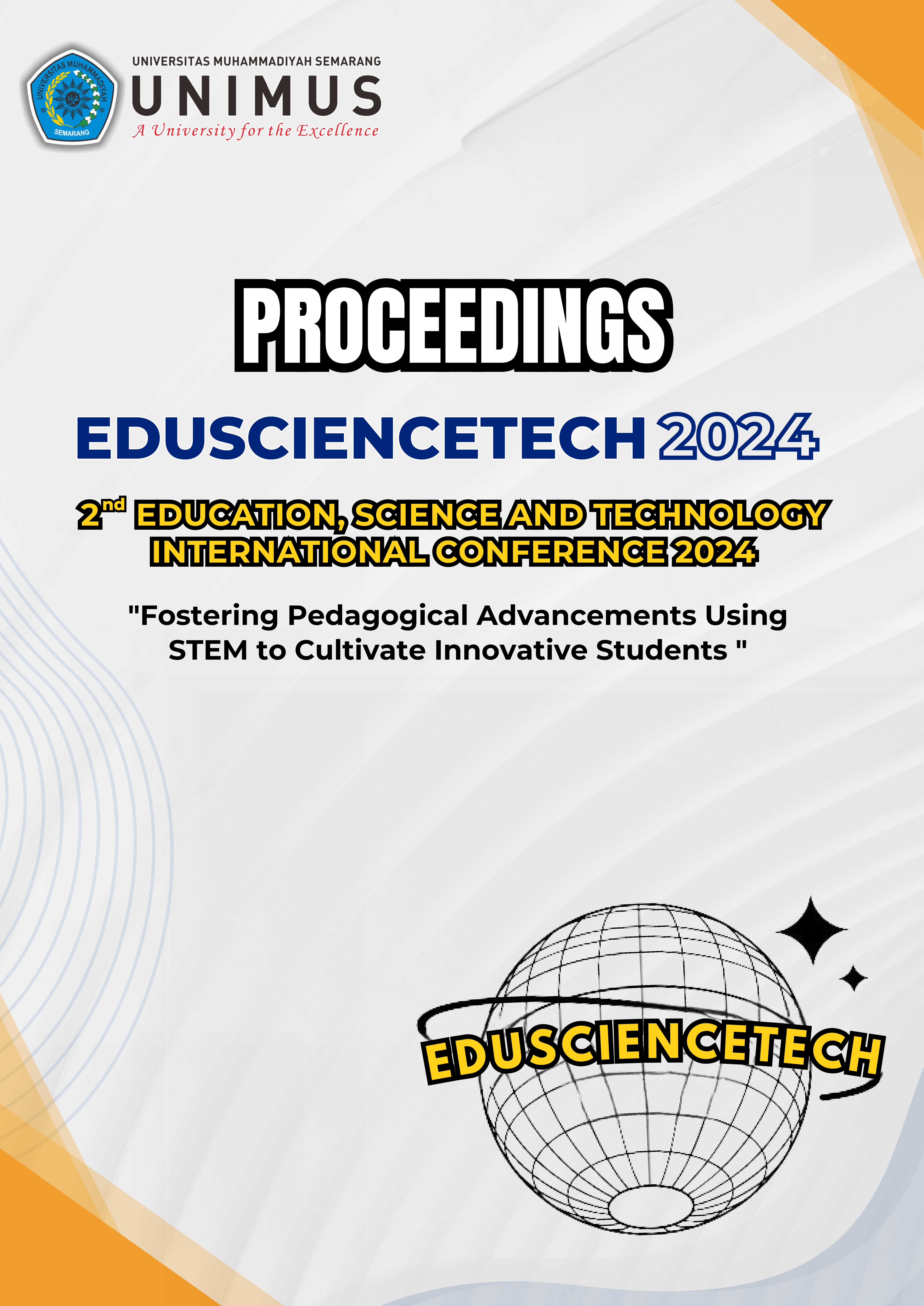Integrating The Potential of Local Wisdom of Lawang Sewu With Chemistry Learning as An Innovative Source of Chemistry Learning Through An Ethnochemistry Approach
Keywords:
Ethnochemistry, Lawang Sewu, Chemistry Education, Local Wisdom, Innovative Learning ResourcesAbstract
Ethnochemistry is an approach that integrates original science in society and scientific science based on local culture and wisdom. This research aims to reconstruct community knowledge into scientific knowledge of Lawang Sewu. Lawang Sewu is located in Semarang City and is a place that is quite iconic and historical and can subsequently be used as an innovative teaching material. The research method used is a qualitative approach with ethnographic studies. The research stages are divided into three, namely identification, verification and formulation. The identification stage is that the researcher directly observes the phenomenon that occurs in Lawang Sewu, the verification stage where the researcher conducts observations and interviews with experts, and the formulation stage where the researcher reconstructs community science with scientific science with expert supervision. The result of this research is that Lawang Sewu is closely related to chemical substances including thermodynamics, thermochemistry, ideal gases, elements and compounds as well as temperature and heat. It is hoped that this research can be an innovative learning resource for educators in the field of Chemistry.

